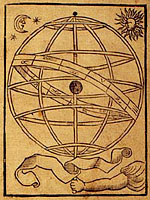Deutschheim State Historic Site [MO]
The Pommer-Gentner house, built in 1840, is a sterling example of high-style German neoclassicism and is furnished to reflect the earlier settlement period of the 1830s and 1840s. Behind the house, visitors will tour a period garden and a small half-timbered barn containing an exhibit of 19th-century tools. The Strehly house, built in stages from 1842 to 1869, has a traditional German vernacular front. It once contained a full-service printing company that produced a German-language newspaper. About 1857, Carl Strehly built a winery next to the house that today displays one of a few remaining carved wine casks in the Midwest. Grapevines, planted by the Strehlys in the 1850s, can still be seen running the length of the backyard. Deutschheim's varied collections of German Americana are represented by galleries of changing artifacts and photographs.
The site offers tours, exhibits, occasional recreational and educational events.
